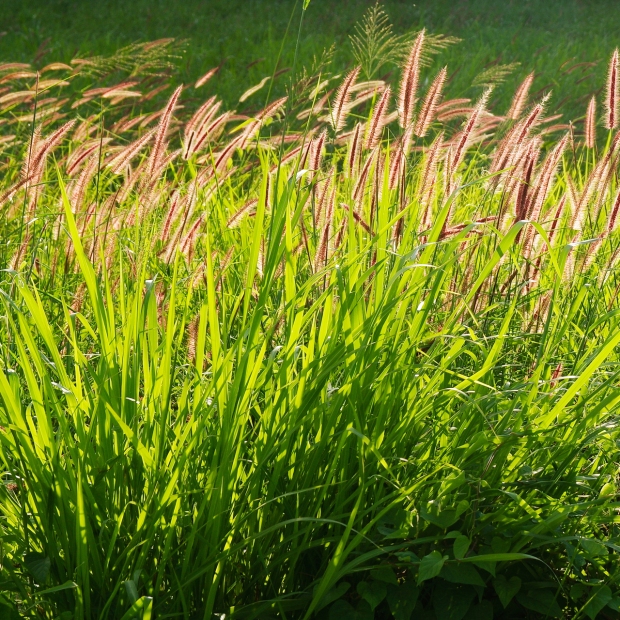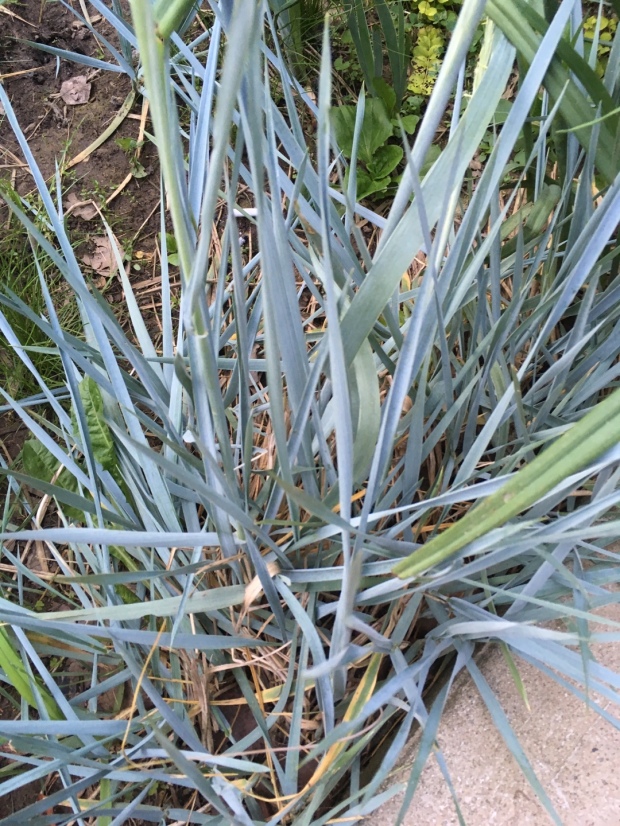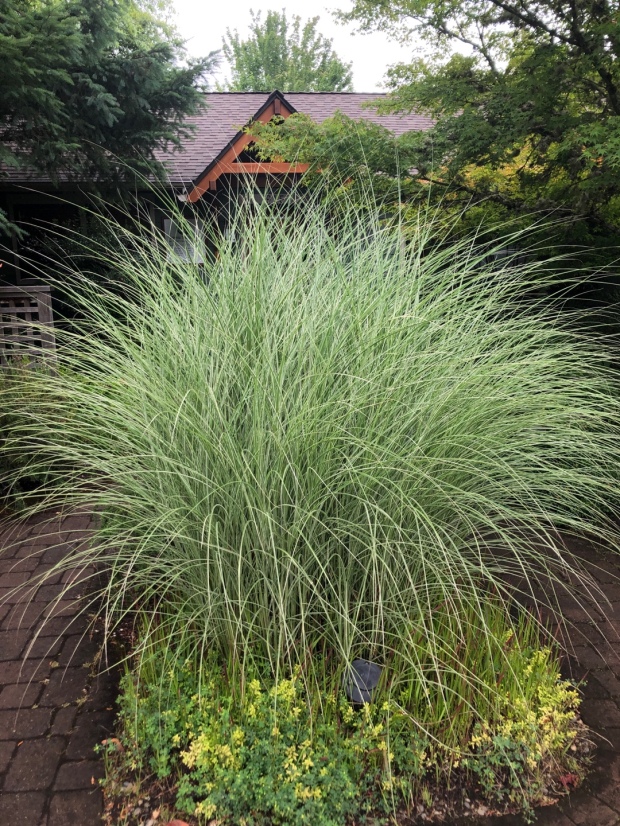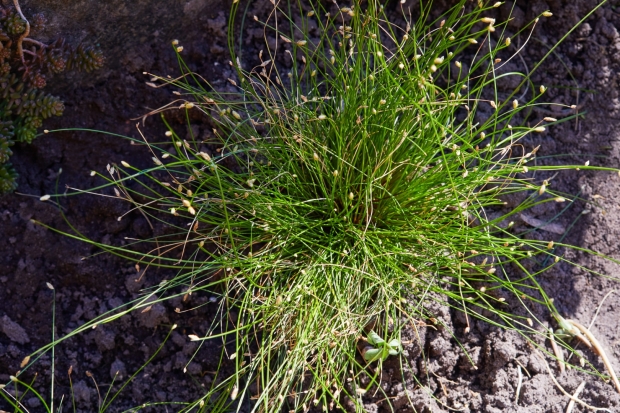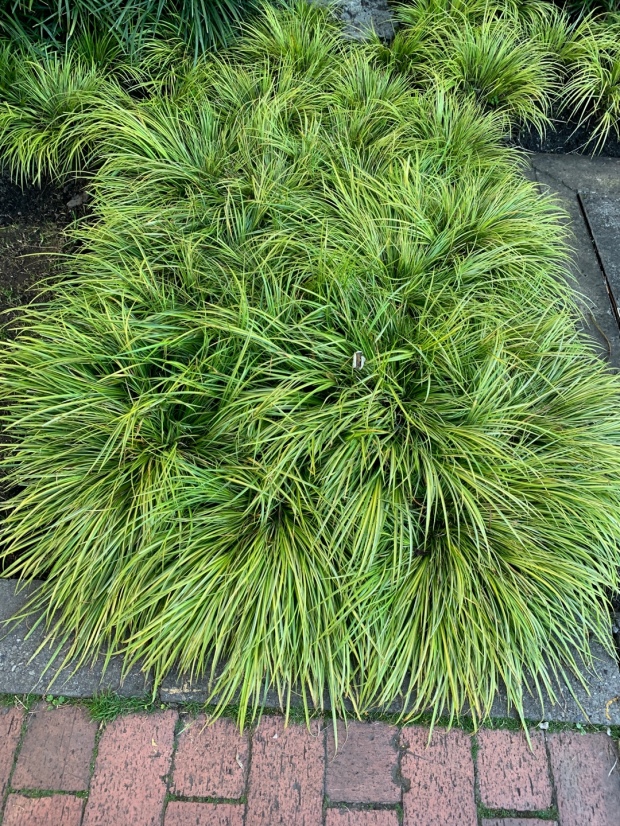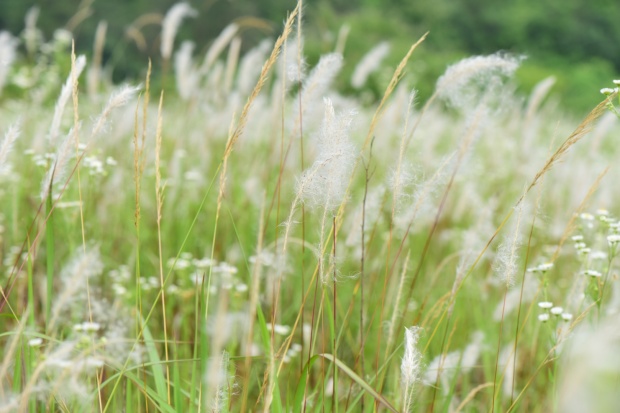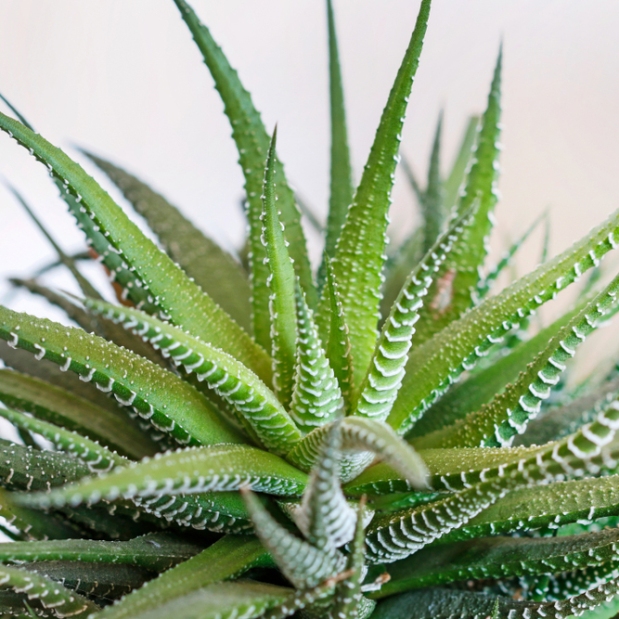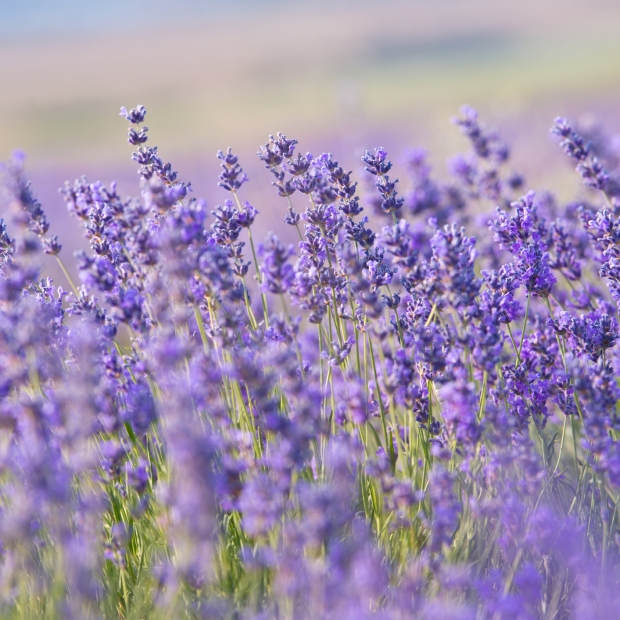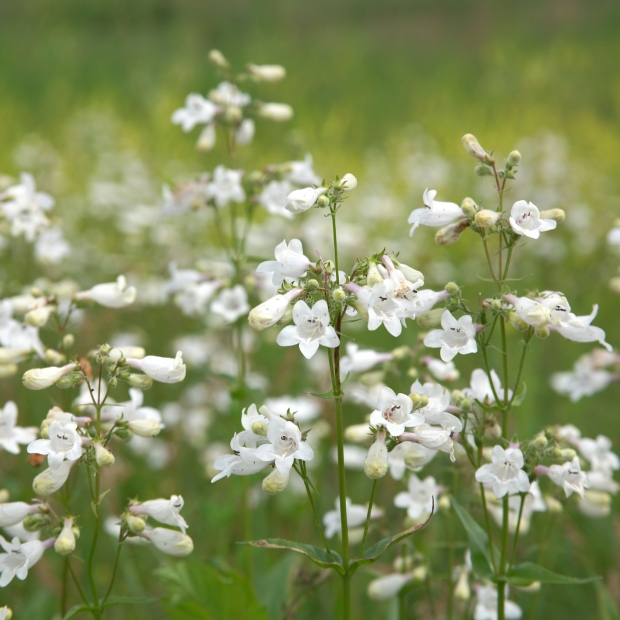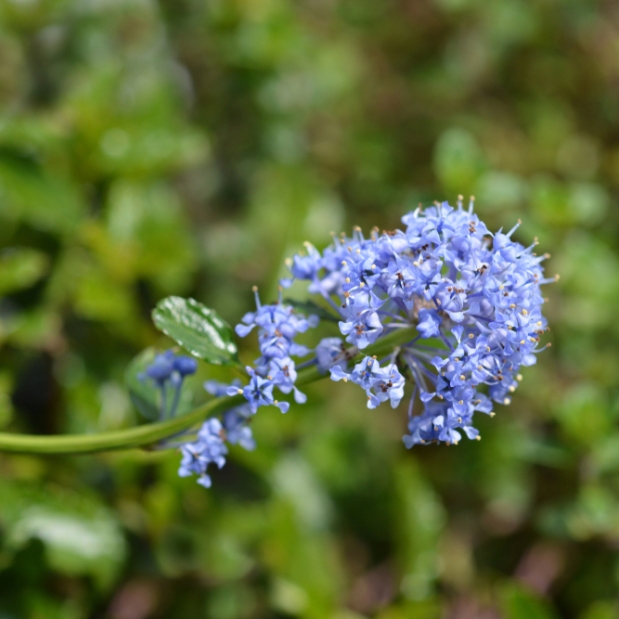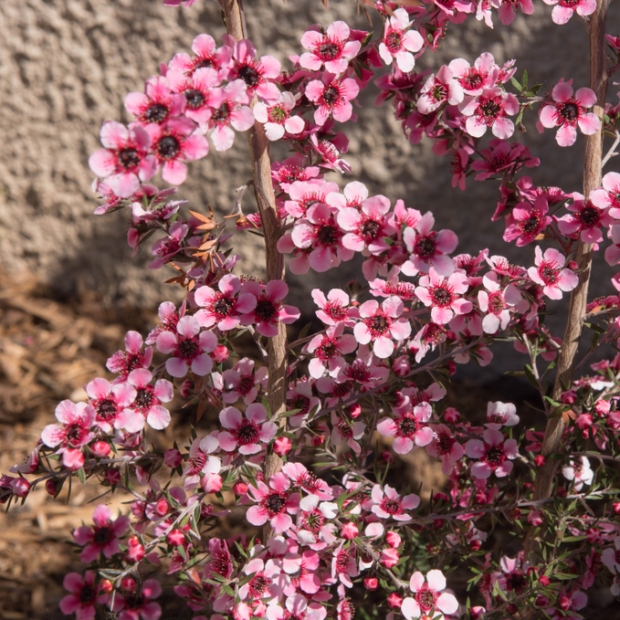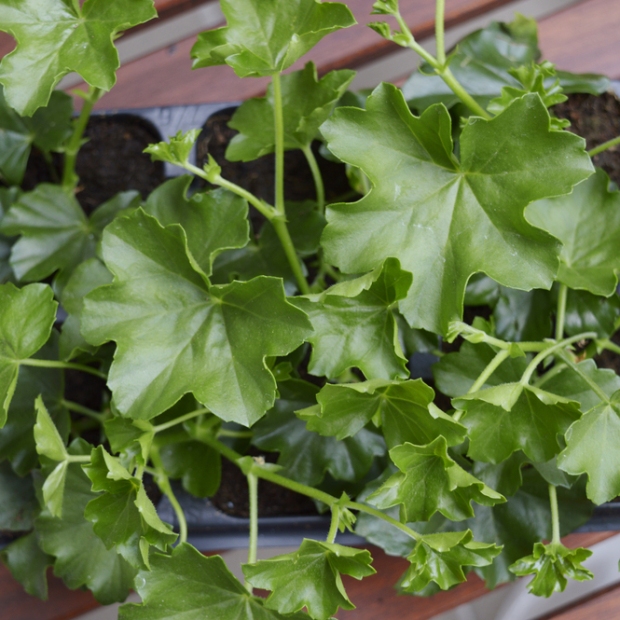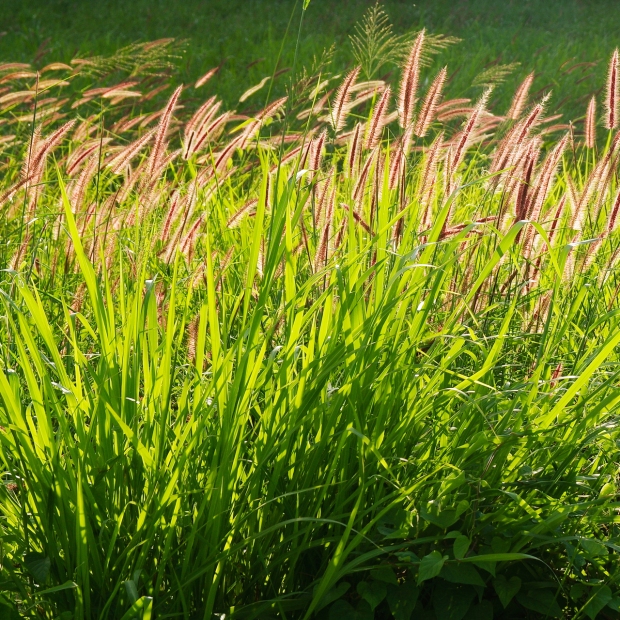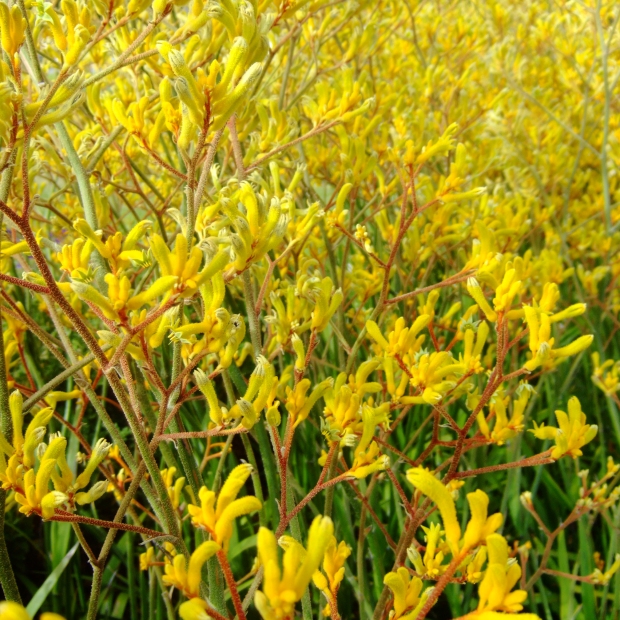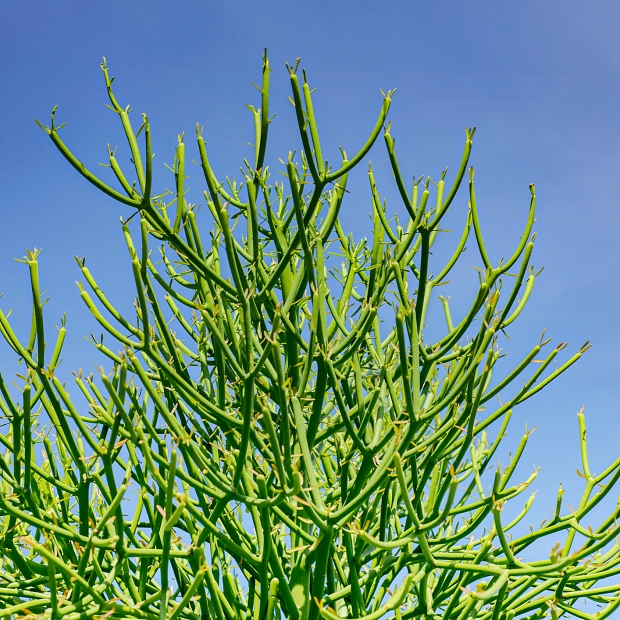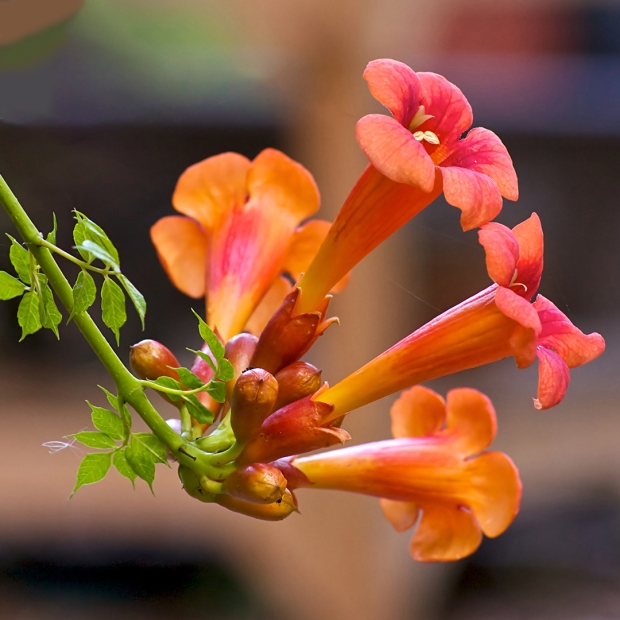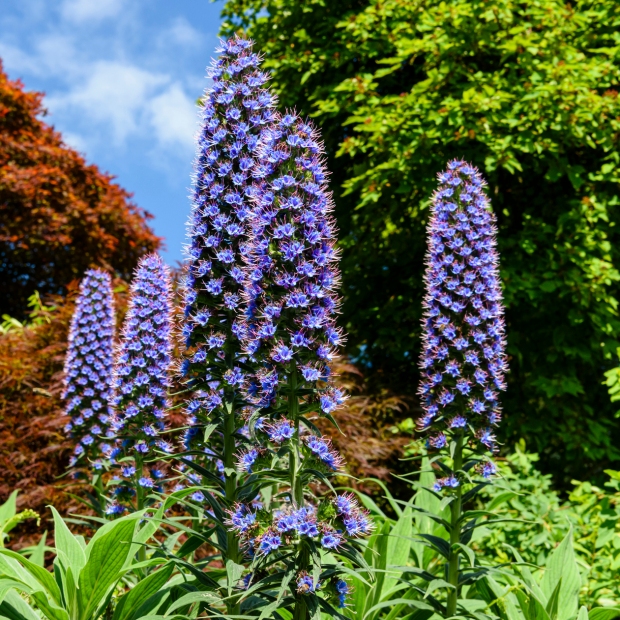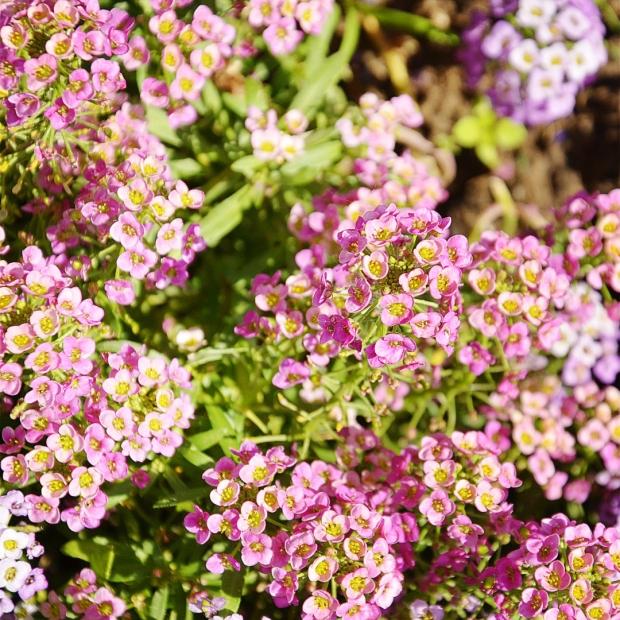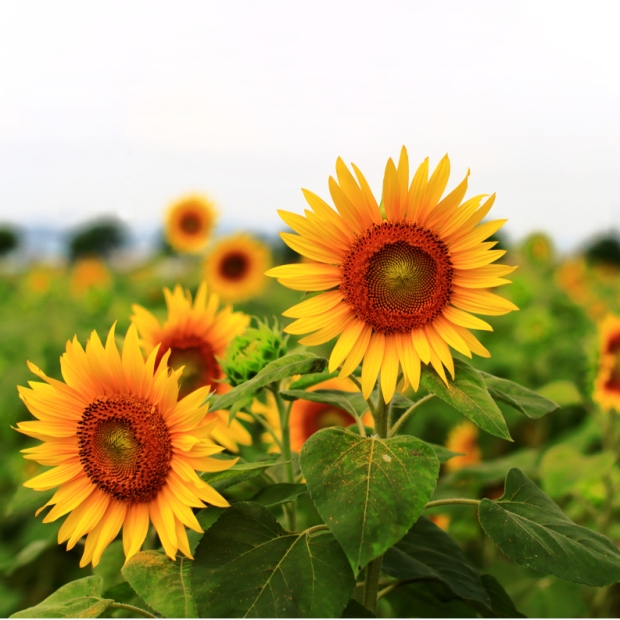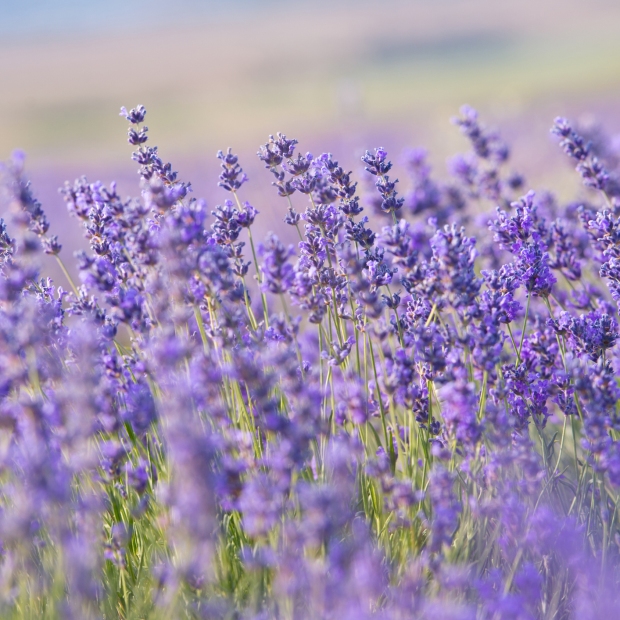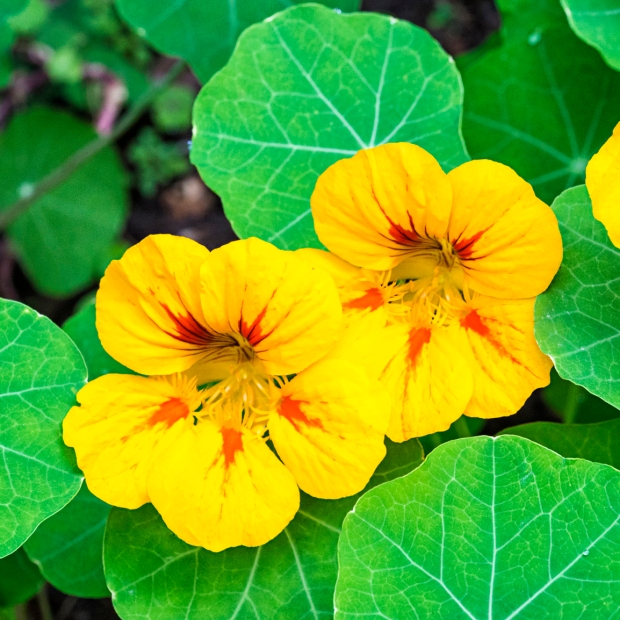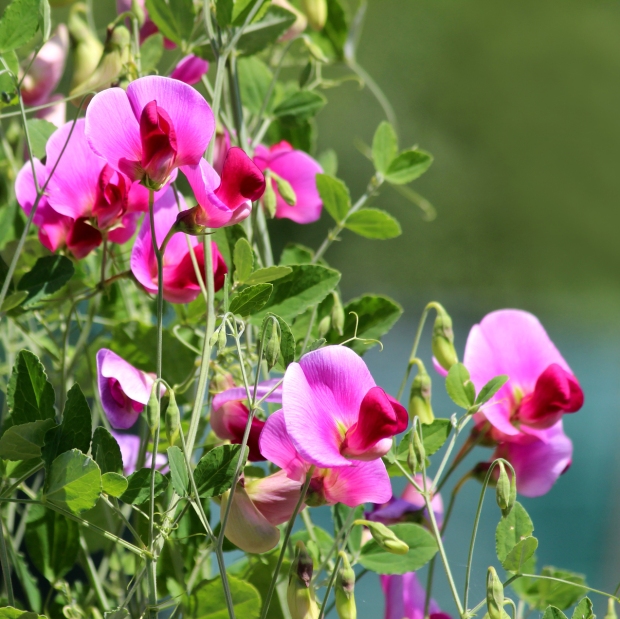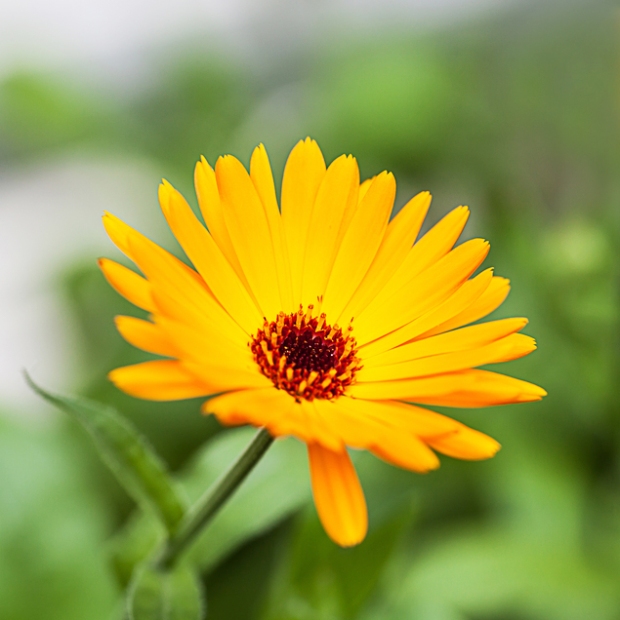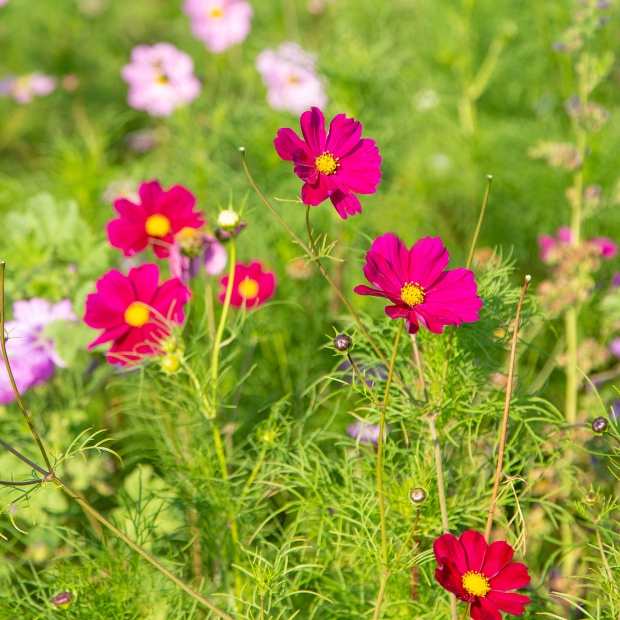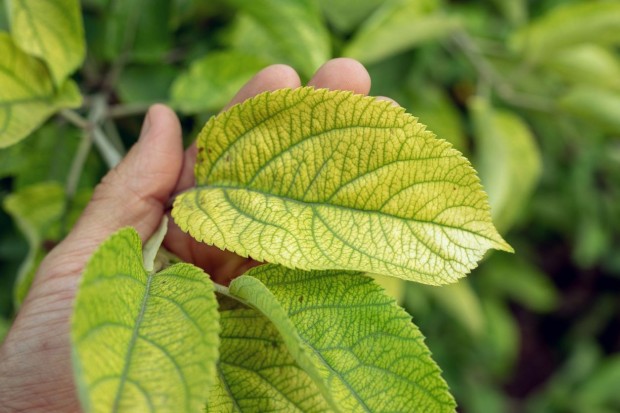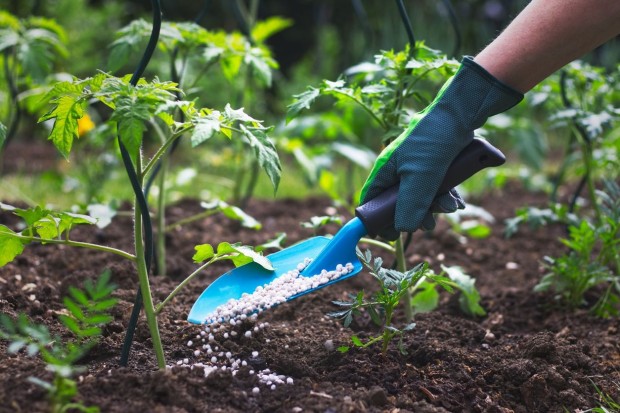Calla Lily: Purity, Holiness, Fraternity

Calla lily is a perennial plant of the genus Zantedeschia in the Araceae family, which is native to South Africa. Although it’s called Calla lily, it’s neither Calla nor lily. Calla lily features smooth and elegant floral patterns and rich colors. It is a popular choice for cut flowers and often appears in wedding-day bridal bouquets.
Places of interest
1. Calla Lily Valley in Garrapata State Park, CA
If you want to see the vibrant, wild Calla lily, don’t miss Calla Lily Valley in Garrapata State Park, CA. From the end of January to the middle of April, it is full of breathtaking wild Calla lily. Calla Lily Valley is also perfect for outdoor hiking and picnics. The best time to go is after the rainy season. At that time, the whole valley is green and full of life. If it is sunny, wait until dusk; the golden light before sunset shines on the Calla Lily Valley and gives it a stunning shimmer.
There are also a series of scenic spots around the Calla lily valley. For the next stop, you can hike the beautiful redwoods at Limekiln Falls. Hustle down to Cone Peak for the sunset. Take a dip in the Big Sur River Gorge. Believe me, you will have the time of your life.

Calla Lily Valley in spring, the sea in further distance
2. Calla Lily Field in Zhuzihu, Taiwan
Calla Lily Field is located in Yangming Mountain, Taipei City, Taiwan. It covers an area of 13 hectares and produces more than 80% of Taiwan’s fresh-cut Calla lily flowers. The field of Calla lily blooms from March to May. During this period, the annual Festival of Calla Lily takes place. During the festival, you can take off your shoes and enter the field to pick the Calla lilies you like and take them home. The large clear white sea of Calla lily flowers is also the first choice for many young people to take their wedding photos. In addition to the famous Calla lily, you can also enjoy the mountain full of azalea and cherry blossoms.

Calla Lily Field in the sun
Calla lily, Calla, and sexual signaling
Calla lily is not a native plant in Europe. The earliest record of Calla lily in Europe is in an illustration of the Royal Botanical Garden of Paris in 1664. Before that, the plant known as Calla (Calla palustris) was more common in Europe.
Romans regarded the protuberance in the center of the Calla flower as a symbol of human genitalia, so they connected the Calla with sexual desire and behavior. Egyptians also noticed this, but they took a more conservative approach, linking the Calla flowers to fertility and the birth of children. After the Calla lily became popular in Europe in the 17th century, these associations about sex and fertility were transferred to it because the flowers of the Calla lily are so similar to that of Calla.

Calla palustris, also known as bog Arum, in the wild.
Similarly, in Christian culture, modern references to the Calla lily were originally about Calla. Christians felt the Calla flowers symbolized purity and faith. It was said that the Virgin Mary was pregnant with Jesus after smelling the Calla, and her tomb was later covered with white Calla flowers. However, with the popularity of Calla lily, the protagonist of the story about Calla changed.
The association of Calla lily with sex continued in Victorian England, where society was very conservative and love, sex, and many intimate things were regarded as taboo. In this society, Calla lily took on the role of a messenger. For example, giving a bouquet of Calla lilies symbolized a sexual invitation.

Calla lily in art and film
In the second half of the 19th century, the exotic South African Calla lily was introduced into the United States and began to appear as a theme in American art. After Freud’s sexual interpretation of its flowers, Calla lily has become more popular among artists, and its description has been given new significance.
Calla lily soon became a recurring theme in the works of some painters and photographers, especially Georgia O’Keeffe. O’Keeffe repeatedly depicted Calla lily in a provocative way. In the early 1930s, she became known as “the lady of the lilies”.

Calla Lily with Roses1926 by Georgia O’keeffe
Mysterious but solemn, Calla lily remains many people’s favorite flower. Her pure white and elegant appearance enables her to be used for various occasions, including weddings and funerals. This diversity is perfectly expressed in the movie “Stage Door”, by actress Katharine Hepburn:
“The Calla lilies are in bloom again. Such a strange flower — suitable for any occasion. I carried them on my wedding day, and now I place them here in the memory of something that has died.”
Can I grow a decent Calla lily?
It’s not very difficult to grow Calla lily. In warm areas, once the danger of frost has passed you can start planting. In colder areas, it’s best to wait until the soil warms up to at least 65 ℉. Moreover, Calla lily prefers well-drained soil. During the growing season, once a month liquid fertilizer is required, especially for potted Calla lily.

In a warm climate, Calla lily is a perennial plant and needs to be divided once every few years to remain in good blooming condition. Once divided, these plants usually bloom in early summer. Calla lily is typically regarded as an annual plant in cold areas, and new bulbs are planted every spring. Finally, Calla lily is toxic: be careful not to eat it by mistake.
Size: 0.6–1 m (2.0–3.3 ft) tall
Hardiness: Zones 8 to 10
Sunlight: bright, indirect light
Soil: a loose, well-drained potting mix
Bloom Time: Spring and summer
















